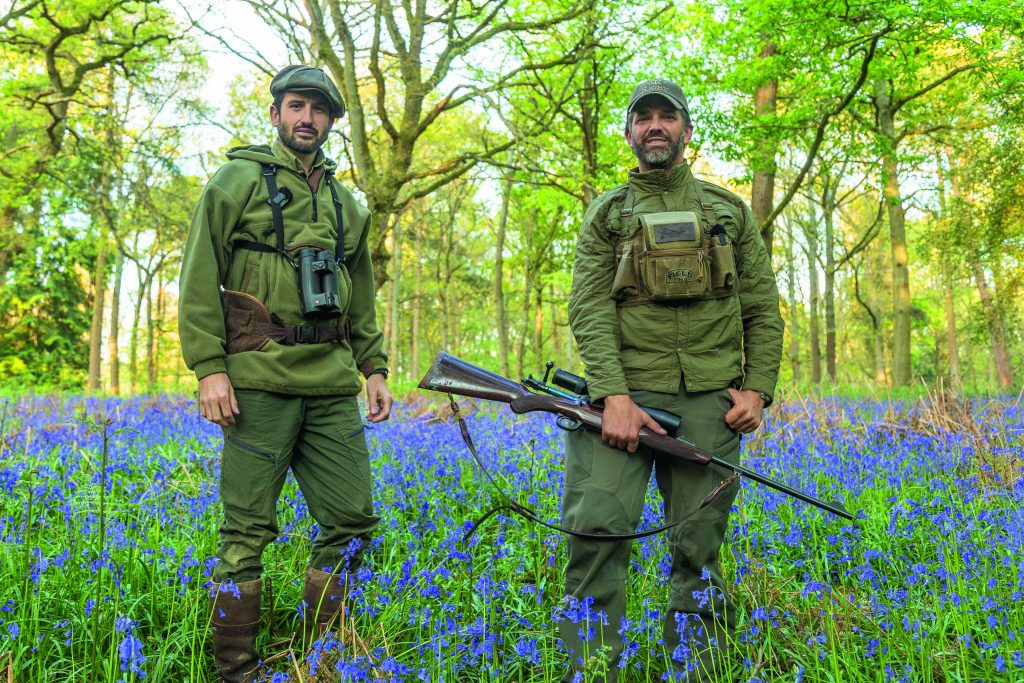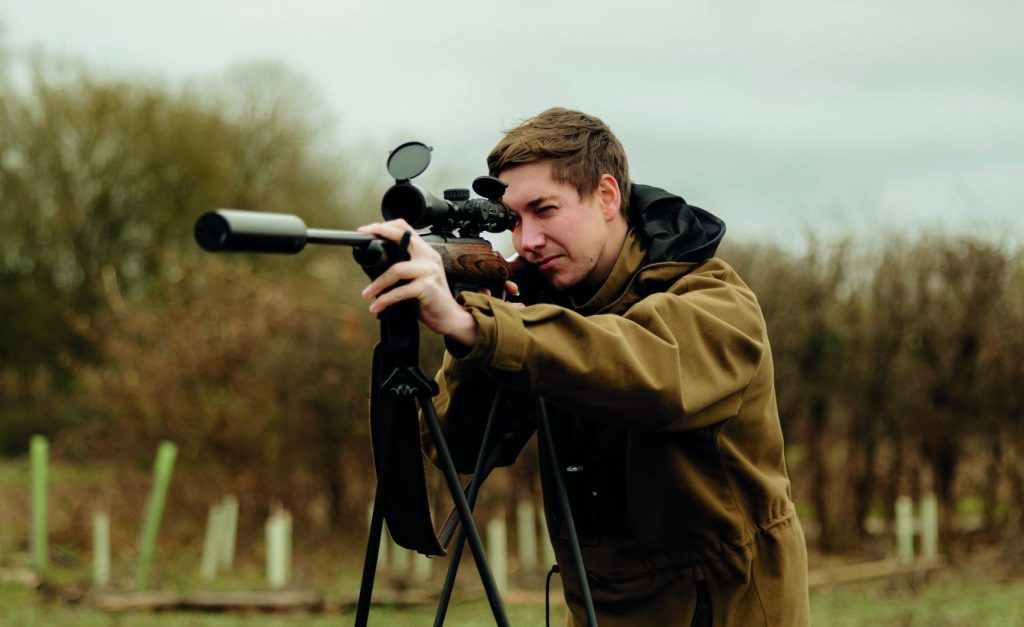A DAMAGING ISSUE
Training your dog how not to damage game when retrieving from the hunt

Take a minute to consider this scenario: You’ve spent the last 18 months training your dog for the shooting field, investing a lot of time and effort in the process. Upon arriving for your first day’s shooting together, your dog stays calm, walks to heel, and is well mannered – it’s a great start.
You plan to stand well back behind the line of Guns; it’s a taster day; you’re introducing him gently. Then the first shots of the day ring out. Still all good – steady as a rock.
The wail of the keeper’s horn cuts through the air, signalling the end of the drive, and you get to work, selectively picking the odd bird here and there. The dog picks up a cock bird, but it’s not dead and proceeds to flap, spurring him in the struggle that ensues.
Crunch. The pheasant is delivered to hand but its flesh has clearly been punctured and damaged… The next bird you send your dog for is definitely not still alive, but he crunches that, too. And the one after that.
Damaging birds through ‘hard mouth’ is a real problem once established, not only rendering game unfit for human consumption but serving a huge blow to the handler that has dedicated a lot of time to readying his pride and joy for the field.
Opinions vary on whether or not this is something a dog is born with or something that a dog develops. I’ve always believed that choosing a dog from the right lines, with the right breeding, is important – a pup with very highly strung and excitable parents is more likely to follow suit, and ‘hard mouth’ can often be linked to uncontrolled levels of excitement – but when it comes to raising an agreeable working companion, a dog’s upbringing is what really counts.
So how can we get around this? How do we avoid such a trait establishing itself in the first place? Is there a cure?
Logic suggests we start with preventative measures before moving on to ‘cures’. So, firstly, what can we do to reduce the risk of a dog becoming ‘hard mouthed’?
Overexcited dogs are more likely to want to play with whatever it is they are being asked to retrieve. It is therefore crucial that we remain calm and relaxed during training sessions. This is where owning a well-bred dog with a natural desire to retrieve makes a difference – there’s no need to toe the fine line of enthusing a dog and overexciting it.
Ever noticed a dog damaging balls or dummies during a training session? With a dog that is yet to retrieve feathered game, it is best to nip this in the bud early. It is also much easier to solve the issue at this stage.
Traditional methods often include stiff brush heads or something sharp wrapped around a dummy so to put the dog off gripping too firmly, but this can also put a dog off retrieving for good. Better is to go right back to basics with balls and dummies, stay calm, keep sessions interesting but relaxed, and progress incrementally.
Training with treats – particularly teaching a dog to ‘hold’ using treat training – can cause overexcitement, so I tend not to involve food in this part of my dogs’ training programmes.
I believe that being too firm with a dog can lead to possession issues and, subsequently, a hard-mouthed dog. Many times I have watched very strong-willed dogs with a high prey drive that have been excessively chastised during training for chasing or running in, get within five yards of their owners and then crunch down on what is between their jaws. It’s equivalent to a dog saying “this is mine”, like a spoilt child; we should always aim to work with our dogs, not against them. Think about how you are handling a dog – are you over-using commands and using the whistle loudly? Does your body language scream ‘stressed and frustrated’? In general, dogs are bred to be ‘softer’ and more biddable nowadays, but this means they are often more sensitive, too – one bad experience is remembered for a long time.
There are, of course, detrimental situations that we can simply avoid by being careful. If you are ever slightly concerned that you are introducing a dog to feathered game too soon, whether that is cold game or warm game, then the chances are it is too soon.
Avoid sending your dog for game that is badly damaged or with split skin, too – a bird might have hit a fence post or a tree, for example. A young or inexperienced dog can become very fussy and more inclined to stop, smell and even pick at a bird that is badly damaged or with exposed flesh. To begin with, it is also wise to avoid birds that are not dead, so the dog is not encouraged to retaliate or instinctively crunch a bird that is kicking with spurs or flapping wildly. Species such as crows, magpies and squirrels which can inflict nasty wounds to a dog should also be left well alone.
On 
So how do we know a bird has been damaged by a hard- mouthed dog? It’s important not to rush to conclusions – damage is actually often a result of the shot, and an experienced Gun should be able to see this. Dogs rarely damage just a small part of the bird, but typically the whole rib cage. Think where the shot is coming from, especially with walked-up birds shot at close range. And think logically.
Post shoot day, there is yet more to consider. For example, where do you dress your gamebirds? Are the dogs there, watching you rip apart, skin and fillet that familiar smelling object that they are expected to retrieve gently earlier in the day? This is quite likely something overlooked by a lot of people. Quite literally, food for thought.
Related Articles
Get the latest news delivered direct to your door
Subscribe to Fieldsports Journal
Elevate your experience in the field with a subscription to Fieldsports Journal, the premium publication for passionate country sports enthusiasts. This bi-monthly journal delivers unparalleled coverage of game shooting, fishing and big game across the UK and beyond.
Each issue offers a stunning collection of in-depth features, expert opinions and world-class photography, all presented in a timeless yet contemporary design.
Save 10% on shop price when you subscribe, with a choice of packages that work for you. Choose from Print & Digital or Digital only with each journal delivered directly to your door or via the app every other month, plus access to past issues with the digital back issue library.







